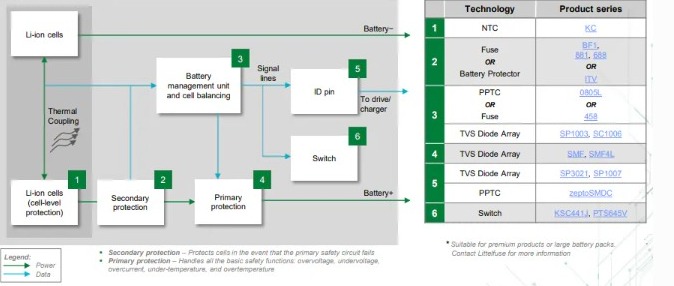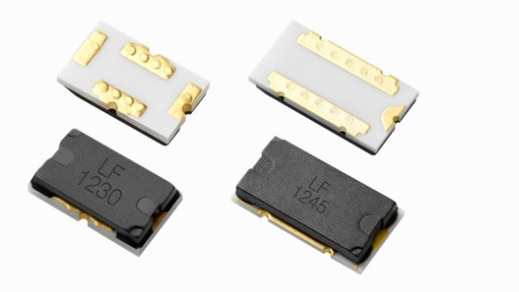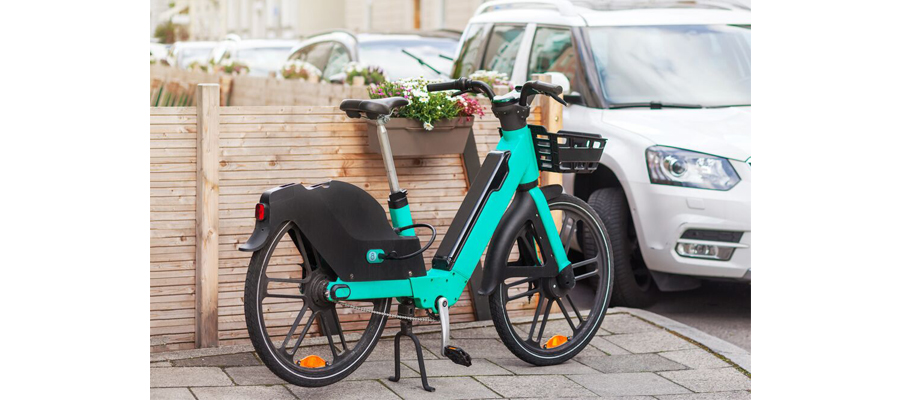Personal Transportation and Consumer Challenges
In the third blog of this four-part series, we will explore the range of personal micromobility solutions available within the consumer market, the technical challenges they face, and how technology can resolve these issues.
- Introduction
- Urban Infrastructure and Micromobility
- Personal Transportation and Consumer Challenges
- How Technology Will Shape the Future
Personal Micromobility Solutions
Personal micromobility solutions come in a wide variety of shapes and sizes, from e-bikes and e-scooters to electric skateboards and hoverboards. For some, they are a form of transportation used as an alternative to walking or driving; for others, they are a form of exercise equipment.
E-bikes are one of the more prominent micromobility solutions; analysts Precedence Research expect the e-bike market to grow at a compound annual growth rate (CAGR) of 9.89 percent from 2023 to 2032, achieving a market value of $44.08 billion.[1]
Whereas early e-bikes were essentially bicycles with heavy bolt-on batteries and hub motors, modern e-bikes are significantly lighter and are designed from the ground up to accommodate electric drive systems and batteries. Wiring is now carefully passed through the frame’s tubing to avoid damage. For midrange and above models, mid-drive motor units are located between the pedals to optimize the drivetrain’s efficiency and weight distribution (Figure 1).

Beyond e-bikes
In addition to e-bikes, there is a wide array of micromobility alternatives, such as hoverboards, Segways, electric skateboards, and e-scooters. Although ownership of these is legal, their usage in the UK and most of the EU is restricted to private land due to the prohibition of their presence in public spaces, such as footpaths, roads, and cycle lanes.
In terms of electronic design, these products are similar to e-bikes, with a motor, control interface, and battery pack. The distinction between them and e-bikes lies in the control of their movement, as they rely exclusively on an electric powertrain operated through a throttle or, in the case of hoverboards and Segways, a gyroscopic sensor that the user can manipulate to regulate the speed.
Challenges of Personal Micromobility
While personal micromobility solutions have seen incredible growth in recent decades—a trend set to continue—barriers are impacting the market. While regulatory issues need to be addressed, there are still technical challenges faced by existing personal micromobility solutions that must be resolved.
Battery Fires
Perhaps the most prevalent issue is battery fire due to the failure of individual cells or the battery management system (BMS). The London Fire Brigade reported 116 fires in 2022 caused by e-bike and e-scooter batteries, with occurrences becoming more frequent. At the start of 2023, emergency calls specifically regarding e-bike and e-scooter battery fires averaged as every other day.[2] Transport for London (TfL) has banned electric scooters, hoverboards, and skateboards from its services since 2021 due to a rise in fires.
Within modern micromobility batteries are an array of lithium-ion (Li-ion) 18650 cells linked together to provide the necessary charge capacity and voltage (usually 36V, 48V, or 52V). The electrolytes used within Li-ion cells are lithium salts. While lithium salts are ideal for this application, they are also volatile and flammable; as a result, lithium cells are extremely sensitive to temperature changes and can experience thermal runaway.
When a cell is compromised, either through damage, manufacturing defects, external heat, or over-charging/discharging, its temperature increases rapidly until it catches fire or explodes, igniting the rest of the battery pack and creating a runaway event. Furthermore, because the cathodes in Li-ion batteries contain oxygen, any fire is self-fueling and extremely hard to extinguish.
Maintaining Safety
While micromobility fires are far too common, they are almost completely restricted to devices at the lower end of the market, with mid- and premium-tier manufacturers having few to no cases of fires.
Designing Safe Batteries
To save costs, lower-end batteries often use a simple BMS designed only to balance the cells charging and discharging, with a fuse on the charging line and power outlet.
In comparison, higher-end models implement much more sophisticated safety measures, like those recommended by Littelfuse, which provides a wide range of solutions designed for e-bikes and other micromobility designs (Figure 2).

Negative temperature coefficient (NTC) thermistors are recommended within its battery block diagram, such as the Littelfuse KC Series, which can be used to monitor the temperature of cells independently, allowing for microcontrollers to act before thermal runaway can occur.
These are used alongside battery-level overcurrent and overvoltage protection devices, including the compact surface mount 0805L Series polymeric positive temperature coefficient device (PPTC), while Littelfuse ITV Battery Protectors allow for additional protection (Figure 3).

Sitting between the combined cells output and the BMS unit, the ITV battery protectors are a fast-responding and cost-effective surface-mount solution designed to cut the circuit when an IC or field-effect transistor (FET) detects an overvoltage.
Conclusion
Micromobility fires present a considerable risk to consumers and dent confidence in the market. To guarantee the safety of Li-ion batteries, designers must include multiple safety measures throughout the battery, targeting voltage, current, and temperature at both the battery pack and cell level. In addition, rigorous third-party testing and complying with local regulations help ensure designs are less likely to fail, and if they do, they fail in a safe manner, preventing thermal runaway.
In the final blog of this series, we will explore the future of micromobility.

